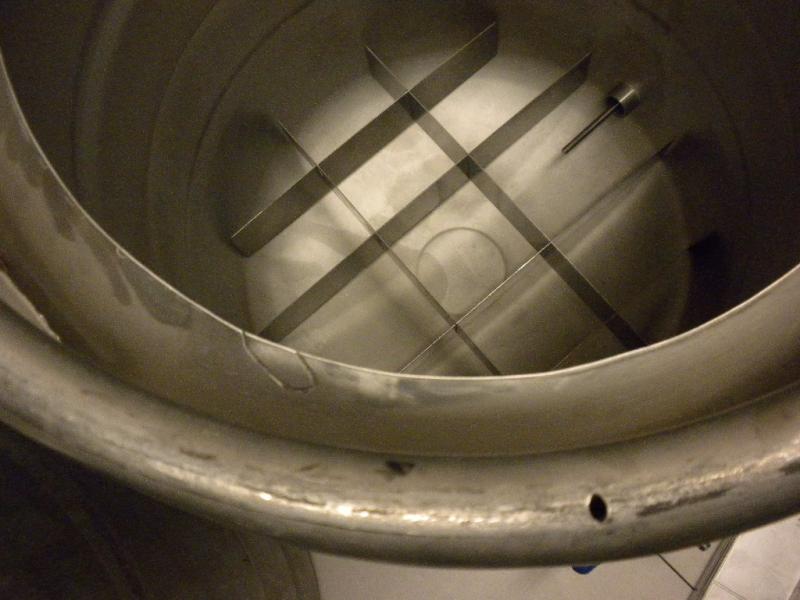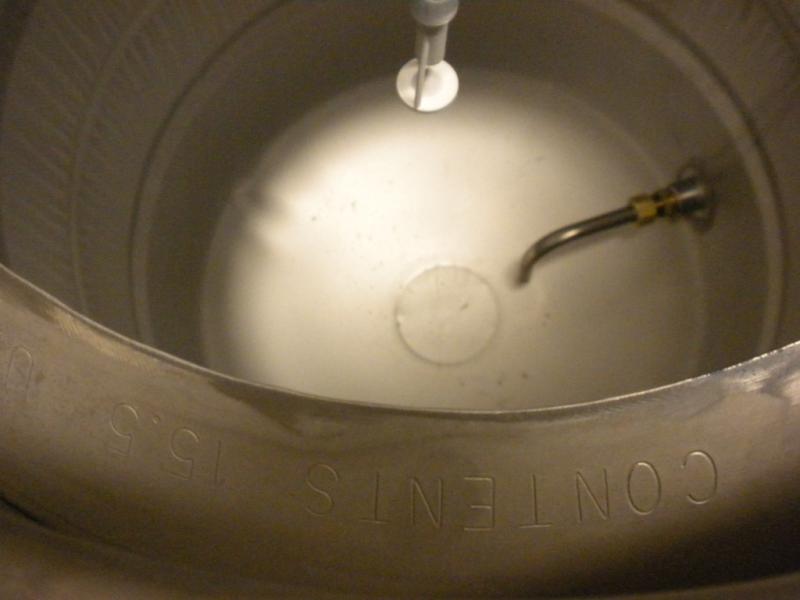This thread was inspired by this post...
https://www.homebrewtalk.com/f11/32-qt-40-qt-ss-5-gallon-batches-280240/
A question in that thread about kettle selection for 5 gallon batches prompted this post. Maybe this will give someone in a similar position something to think about.
I have been brewing 5 gallon batches on an undersized 30 qt aluminum kettle (and undersized 5G coolers for HLT and MLT) for a few years. I decided I wanted to upgrade all of my vessels, and spent a lot of time thinking about which SS kettles to go with. I looked at several options - B3, Megapot, Blichmann, and Polar Ware. HBT has threads for Megapot vs. Blichmann, Polarware vs. B3; it has been done. However, I have never seen someone lay out the +/- of all 4 kettles and really dive into how they made their choice. To try and keep things apples/apples, I will price compare each kettle with a ball valve and where possible, a port (or option) for a thermometer/thermowell. Also, the kettle sizes I was looking for are 10/10/10 (MLT/HLT/BK). IME, 8 gallons is too small for a kettle, and I'll explain why.
(Please give me a minute to get everything posted)
https://www.homebrewtalk.com/f11/32-qt-40-qt-ss-5-gallon-batches-280240/
A question in that thread about kettle selection for 5 gallon batches prompted this post. Maybe this will give someone in a similar position something to think about.
I have been brewing 5 gallon batches on an undersized 30 qt aluminum kettle (and undersized 5G coolers for HLT and MLT) for a few years. I decided I wanted to upgrade all of my vessels, and spent a lot of time thinking about which SS kettles to go with. I looked at several options - B3, Megapot, Blichmann, and Polar Ware. HBT has threads for Megapot vs. Blichmann, Polarware vs. B3; it has been done. However, I have never seen someone lay out the +/- of all 4 kettles and really dive into how they made their choice. To try and keep things apples/apples, I will price compare each kettle with a ball valve and where possible, a port (or option) for a thermometer/thermowell. Also, the kettle sizes I was looking for are 10/10/10 (MLT/HLT/BK). IME, 8 gallons is too small for a kettle, and I'll explain why.
(Please give me a minute to get everything posted)























![Craft A Brew - Safale BE-256 Yeast - Fermentis - Belgian Ale Dry Yeast - For Belgian & Strong Ales - Ingredients for Home Brewing - Beer Making Supplies - [3 Pack]](https://m.media-amazon.com/images/I/51bcKEwQmWL._SL500_.jpg)






































